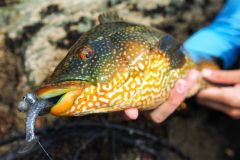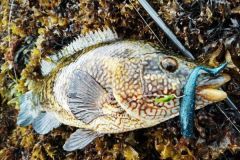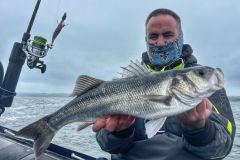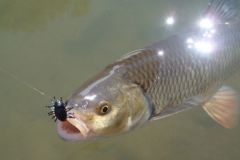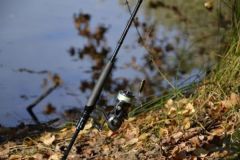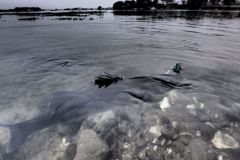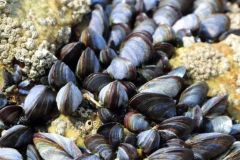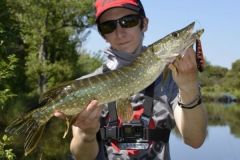On the seashore, it's common to want to cast far, to increase coverage and prospect a maximum surface area. From the shore or from a boat, it's sometimes necessary to be able to cast a long way when a hunt breaks out. Keeping your distance will prevent the school of fish from running away and make all the difference...
1 The use of braid
Braid is thinner than nylon or fluorocarbon for the same strength. The thinner the line, the lighter it is and the easier it is to unwind from the reel. Mechanically, the finer the line, the less friction it is subjected to in the air, but also on the lip of the reel spool or in the rod rings.
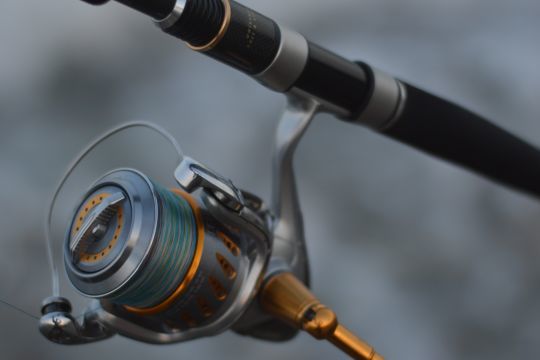
What's more, braid has very little elasticity compared with nylon. The impulse given when casting is almost completely transmitted to the lure without loss of strength due to absorption of the movement.
2 Using a long rod
Using a longer rod is also a simple parameter to gain casting distance. The longer the rod, the greater the lever arm and the greater the distance your impulse will send your lure.
In addition, the speed of your lure will be slightly higher during this impulse.
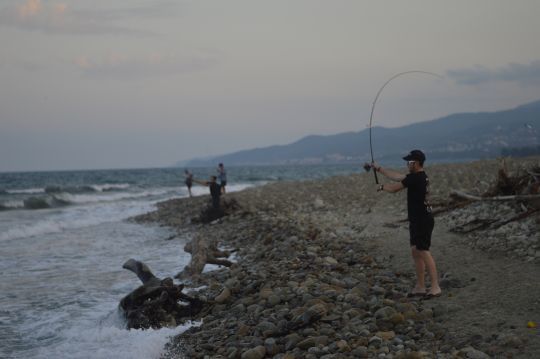
A little tip: by leaving 1m50 to 2m of banner at the end of your tip, rather than having the lure "at the end" of the rod, you gain even more lure acceleration and casting distance.
3 Use dense lures
Dense does not necessarily mean heavy. Some types of fishing require that you don't fish too heavy. A lure can weigh 100 grams and still be buoyant. Density is the weight of an object in relation to its volume. We therefore look for relatively heavy, low-volume lures to fish further out with lures that are not necessarily too bulky.
It's not at all uncommon to come across predators within casting distance, feeding on small prey.
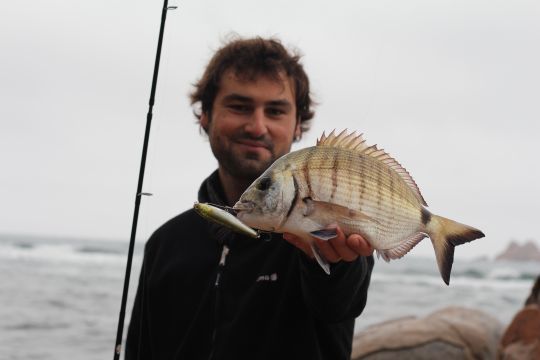
For my part, I tend to fish with dense, sinking surface lures, rather than more traditional floating lures. This allows me to gain a few precious meters that can change everything.
Casting jigs are also to be preferred. As their name suggests (casting translates as "throwing"), these are jigs designed to cast farther, with tapered, elongated shapes, and balanced for better "gliding" in the air.
4 Discover aerodynamic decoys
Apart from lure density, when it comes to gaining casting distance, all tricks are good.
On the swimfish side, bib-less lures generally cast farther, as they are more aerodynamic and the absence of a bib limits friction in the air.
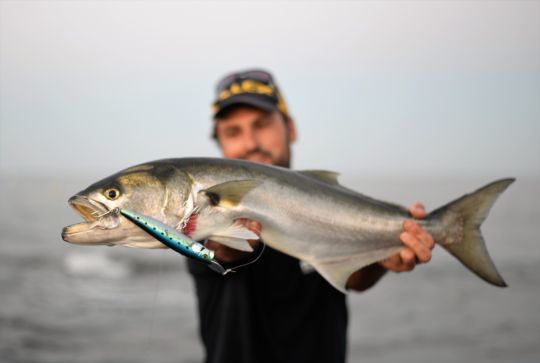
In this respect, some surface lures have a lip aligned with the body of the lure to keep it on the surface during retrieve, but above all to act like the fins of a dart to stabilize it and achieve better penetration in the air. This is the case with some lures, such as the RiserBait distributed by Illex, which can be cast very far.





